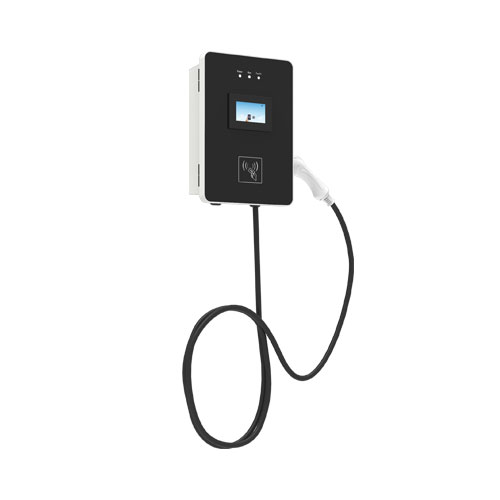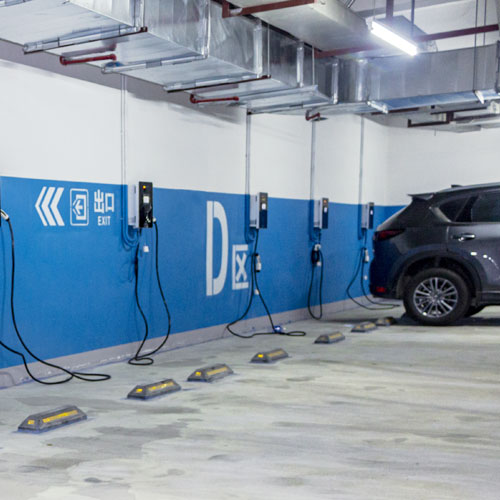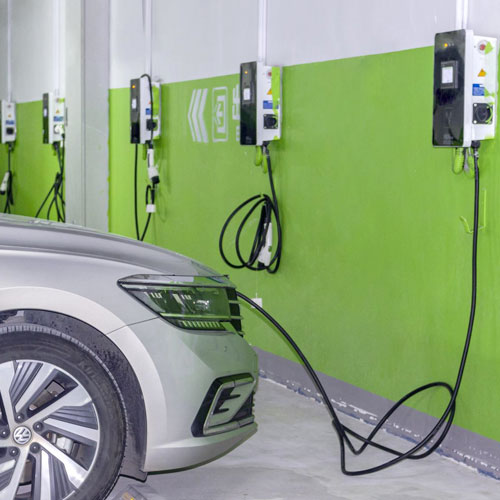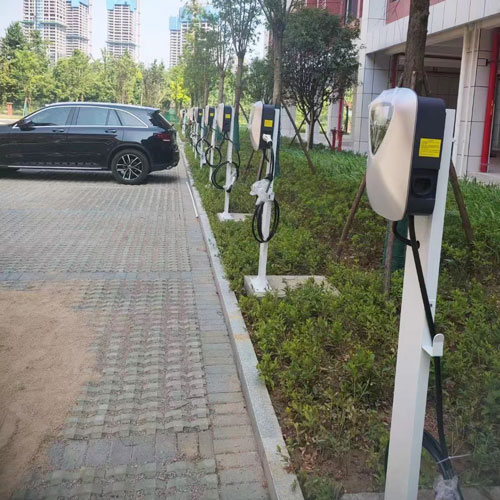1 phase 230v electric car ev charging station refers to a facility that uses a single-phase 230V AC power supply to charge electric vehicles. It is usually fixed on the ground or wall and installed in public buildings (such as public buildings, shopping malls, public parking lots, etc.) and residential parking lots or charging stations.
The 1 phase 230v electric car ev charging station converts AC power into the power required by the electric vehicle battery through the built-in charging module to realize the charging function. At the same time, the charging station is also equipped with a standardized charging interface that matches the charging interface of the electric vehicle battery pack to ensure the effective transmission of power.
The product parameters of the 1 phase 230v electric car ev charging station 7kw are as follows:
Parameters | Requirements |
General Requirements | |
EV Charger Type | AC |
Charger Capacity | 7KW |
Equipment size | L324*W161*H1430(mm) / L293*W140*H418(mm) |
Product Model NO. | ENC-ACB/L007A / ANSI-ACB/L007A |
Mounting | Wall-Mounted/Column Type |
Input Requirements | |
AC Supply System | Single-Phase, 3 Wire AC system |
Nominal Input Voltage | AC220V±15%(ENC) / AC240V±15%(ANSI) |
Input Frequency | 50±3Hz |
Environmental Requirements | |
Ambient Temperature Range | -25 to 55°C |
Ambient Humidity | 5 to 95% |
Storage Temperature | -40 to 70°C |
Mechanical Requirements | |
IP Ratings | IP 55 |
Cooling | Natural Cooling |
Output Requirements | |
Number of Outputs | 1 |
Type of Each Output | AC220V±15%(ENC) / AC240V±15%(ANSI) |
Single Output Max.Current | 32 Amp |
User Interface & Display Requirements | |
Display & Touch-Screen Size | 4.3 Inches Screen |
User Authentication | QR Code/RFID Card /Password Login |
Metering Information | Consumption Units |
Communication Requirements | |
Communication between EVSE and Central server | OCPP 1.6J Protocol (Optional) |
Interface between Charger and CMS | Ethernet/3G/4G/WIFI (Optional) |
Protection & Safety Requirements | |
Executive Standard | IEC 62196 2017, IEC 61851 2017, SAE J1772, etc. |
Safety Parameters | Over Current, Over Voltage, Under Voltage, Residual Current, Surge Protection, Leakage Protection, Short Circuit, Over Temperature, etc. |











